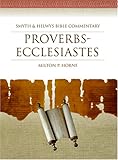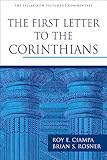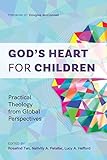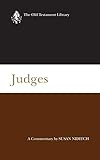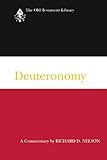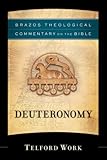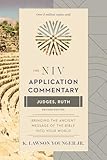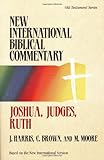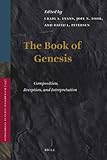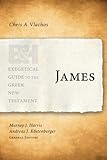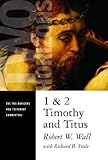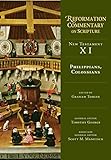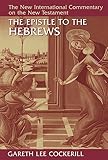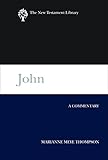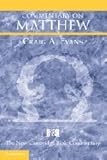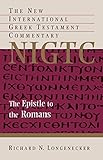Interpreting parables : One Point or Many? Conspectus : The Journal of the South African Theological Seminary, Volume 10, Issue 1, Jan 2010, p. 5 - 24
Material type: Computer fileSeries: ConspectusPublication details: Johannesburg, South Africa South African Theological Seminary Press 2010Description: p. 5 - 24 PDFSubject(s): Summary: Two modes of parable interpretation have dominated much of church history. The first and most dominant was allegorization, in which each element in the parable narrative was contrasted with a real life referent, thought to communicate an enigmatic or spiritual truth. In contrast to the allegorical exegetical method is the single-lesson interpretive model, which advocates that parables teach a single lesson. None of these interpretive models are adequate, for they either oversimplifying or unnecessarily allegorising the parables of Jesus. The model recommended by Blomberg, which views the parables as teaching one, two, or three lessons, contingent on the number of main characters in the parables, avoids the pitfalls on the two extremes, and ought to be adopted as the standard evangelical model.
Computer fileSeries: ConspectusPublication details: Johannesburg, South Africa South African Theological Seminary Press 2010Description: p. 5 - 24 PDFSubject(s): Summary: Two modes of parable interpretation have dominated much of church history. The first and most dominant was allegorization, in which each element in the parable narrative was contrasted with a real life referent, thought to communicate an enigmatic or spiritual truth. In contrast to the allegorical exegetical method is the single-lesson interpretive model, which advocates that parables teach a single lesson. None of these interpretive models are adequate, for they either oversimplifying or unnecessarily allegorising the parables of Jesus. The model recommended by Blomberg, which views the parables as teaching one, two, or three lessons, contingent on the number of main characters in the parables, avoids the pitfalls on the two extremes, and ought to be adopted as the standard evangelical model.
| Item type | Current library | Call number | URL | Status | Date due | Barcode | |
|---|---|---|---|---|---|---|---|
 Electronic Journal
Electronic Journal
|
South African Theological Seminary | Link to Resource | Available |
There are no comments on this title.
Log in to your account to post a comment.

